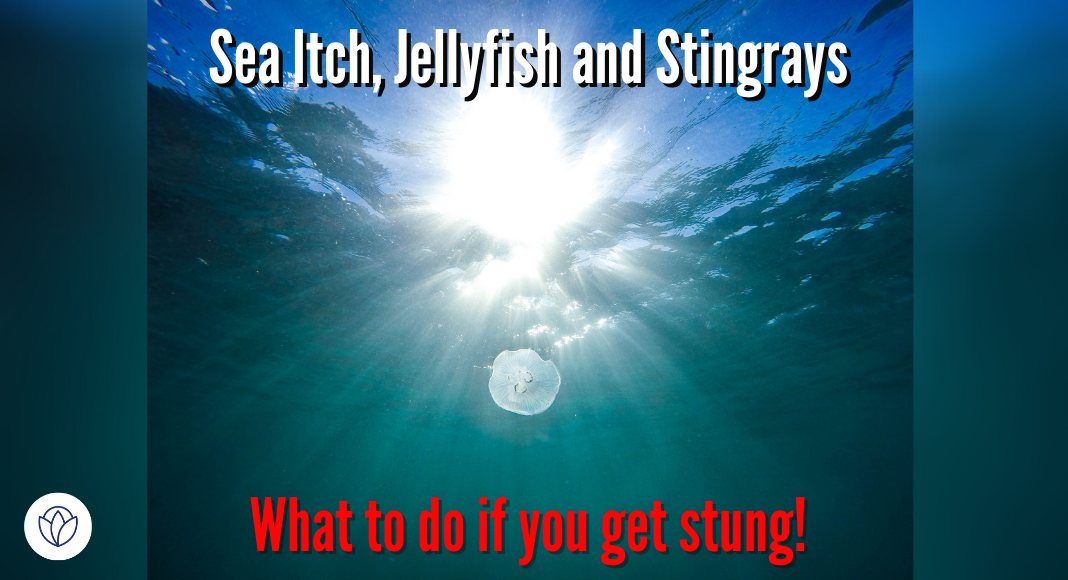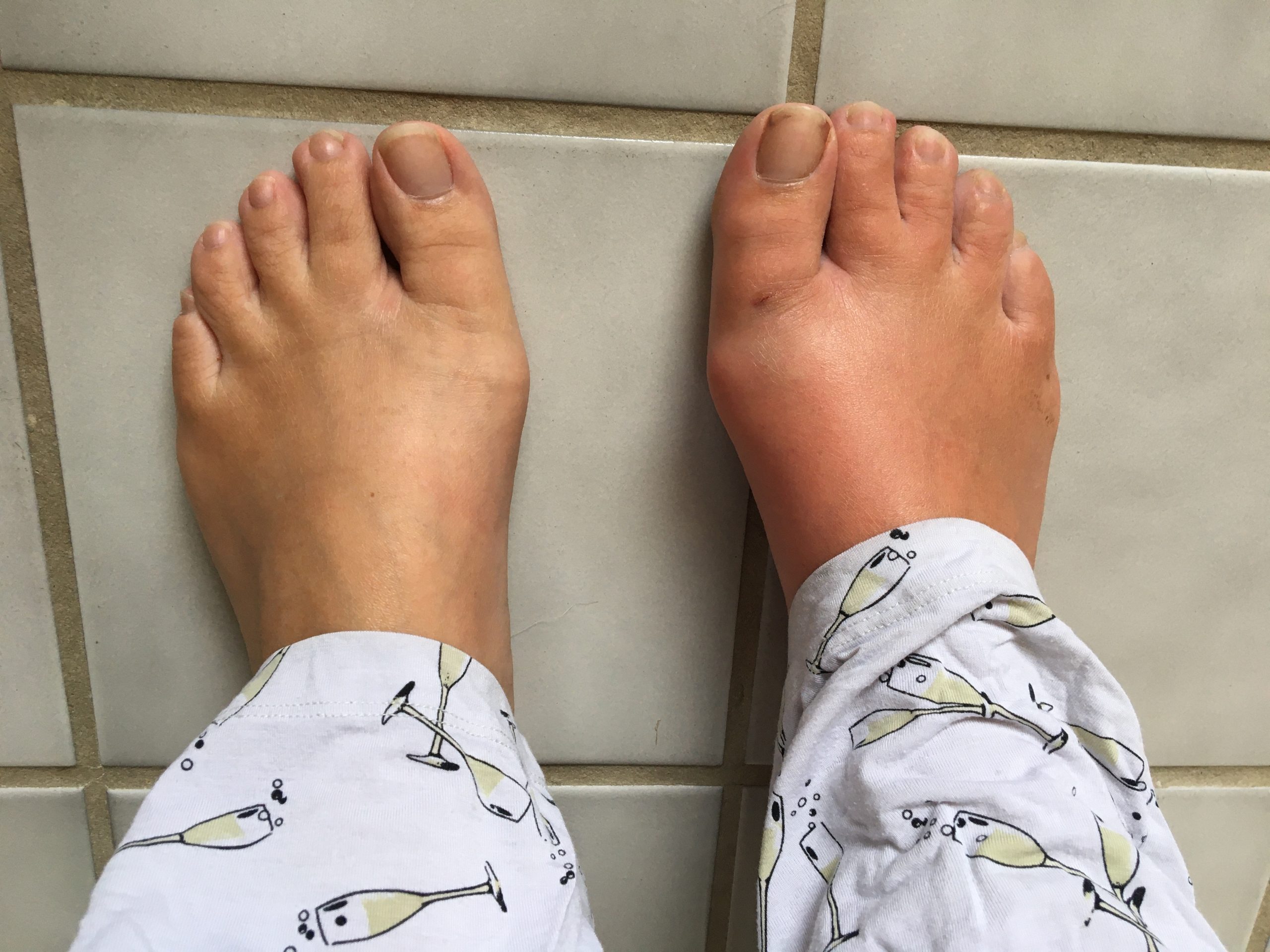
It’s been a weird summer for me here in the Coastal Bend. I’ve lived in the area for almost seven years and have been going to the beach that whole time with no problems. But in the last three months, I have had sea itch, been stung by a jellyfish and been stung by a stingray. What the heck Gulf of Mexico? Anyway, I’m going to share my experiences of encountering creatures in the waters of South Texas and what to do if you are stung.
Sea itch
My son and I were splashing in the waves, about up to my waist, when I noticed my thighs were starting to itch. It was under my swimsuit, so I rubbed the fabric and kept playing. A few minutes later it was getting itchier and itchier and I kept rubbing and rubbing. A few more minutes go by and now it’s starting to burn and my son is starting to complain about being itchy in his swimsuit. So we get out of the water, rinse with some fresh water and head home. After taking off our suits and showering, the burning subsided some. I wound up taking a Benedryl and using Benedryl cream. I rubbed him with the cream also, but no pill as his didn’t seem to be as bad as mine. This is known as sea itch.
Some people call it sea lice, but true sea lice feed on the blood of other fish and don’t bite humans. What we experienced were stings from thimble jellyfish larvae. How this became known as sea lice, I’m not quite sure. Nevertheless, in addition to the itching, it can cause a rash.
Treatment is exactly what we did: taking off swimsuit, showering in fresh water and using antihistamines and pain relief medicine. You should also wash swimsuits in hot water and place in the dryer to kill any larvae. We were both fine in a couple of hours.
Pain on scale of 1 to 10: 4
Jellyfish
Same scenario: my son and I playing in waist deep water. I felt something brush my leg and within a minute or so, it was burning. I knew it was more than sea itch, so we got out of the ocean. When I got to my car, I could see red marks on the back of my leg where the jellyfish tentacles touched me. I rinsed with fresh water and went home. By the time I got home, the burning had intensified and my leg had started to swell some. I placed some paper towels soaked in white vinegar over the red marks for about 15 minutes, then took a hot shower for another 20 minutes, letting the water run over the marks. After that and some Tylenol, I felt better. Red marks and swelling were gone in about an hour. Treatment may also involve removing any visible tentacles, but I didn’t have any. PEEING ON A JELLYFISH STING DOES NOT WORK. Trust me on this one.
Pain on a scale of 1 to 10: 6
Stingray
At the beach with my son, splashing, playing, you know the drill. I felt something under my foot and bam! Instantly, I felt immediate and breathtaking pain in my toe. I also knew instantly it had been cause by a stingray. When I say breathtaking, I mean, by far been the worst pain I have ever felt in my life and that includes after having a c-section. It felt like a red hot poker had been jammed into my toe. I got us both out of the water, me yelling and bleeding all over the place. Called my husband to come get me, cause there was no way I could drive. My foot was swelling and OMG the pain.
At the emergency clinic, the doctor immediately started soaking my foot in hot water mixed with an antiseptic. He explained that the hot water would break down the venom and in time, the pain would stop. During the hour and half I was there, the water was changed constantly, I was given a tetanus shot, had an x-ray to make sure the stingray barb wasn’t in my toe and send home with a prescription for antibiotics and told to take Tylanol for pain.
Pain on a scale of 1 to 10: 20,000
Here is a picture of my toe about two hours after being stung:

Here is a picture of my foot about 5 days after the sting. You can see the bruising and the puncture. My foot had some aches then, and even now, almost six weeks later.

Tips for the beach
Check beach and marine conditions before you even get in the water. The City of Corpus Christi has a beach flag warning system at each beach entrance. Each color flag represents a different possible danger. Blue indicates the presence of marine pests. To be honest, I did not regularly check the flags, but I do now!

To avoid stingrays, when in the water, shuffle your feet along the bottom instead of stepping. Rays hide or rest in the sand, so if you are shuffling, you are more likely to scare it away instead of stepping on it.
The main thing to remember if you are stung at the beach is to not panic. Yes, it hurts, sometimes badly. But only in the rarest of cases, does a person have serious or deadly reactions to a sting. Stay calm as possible and get first aid from beach patrol or at an emergency room right away.
I don’t write this to scare you out of the water. The beach is why I live in this part of Texas. Just be aware of what the beach conditions are and be calm if you encounter a marine pest.











